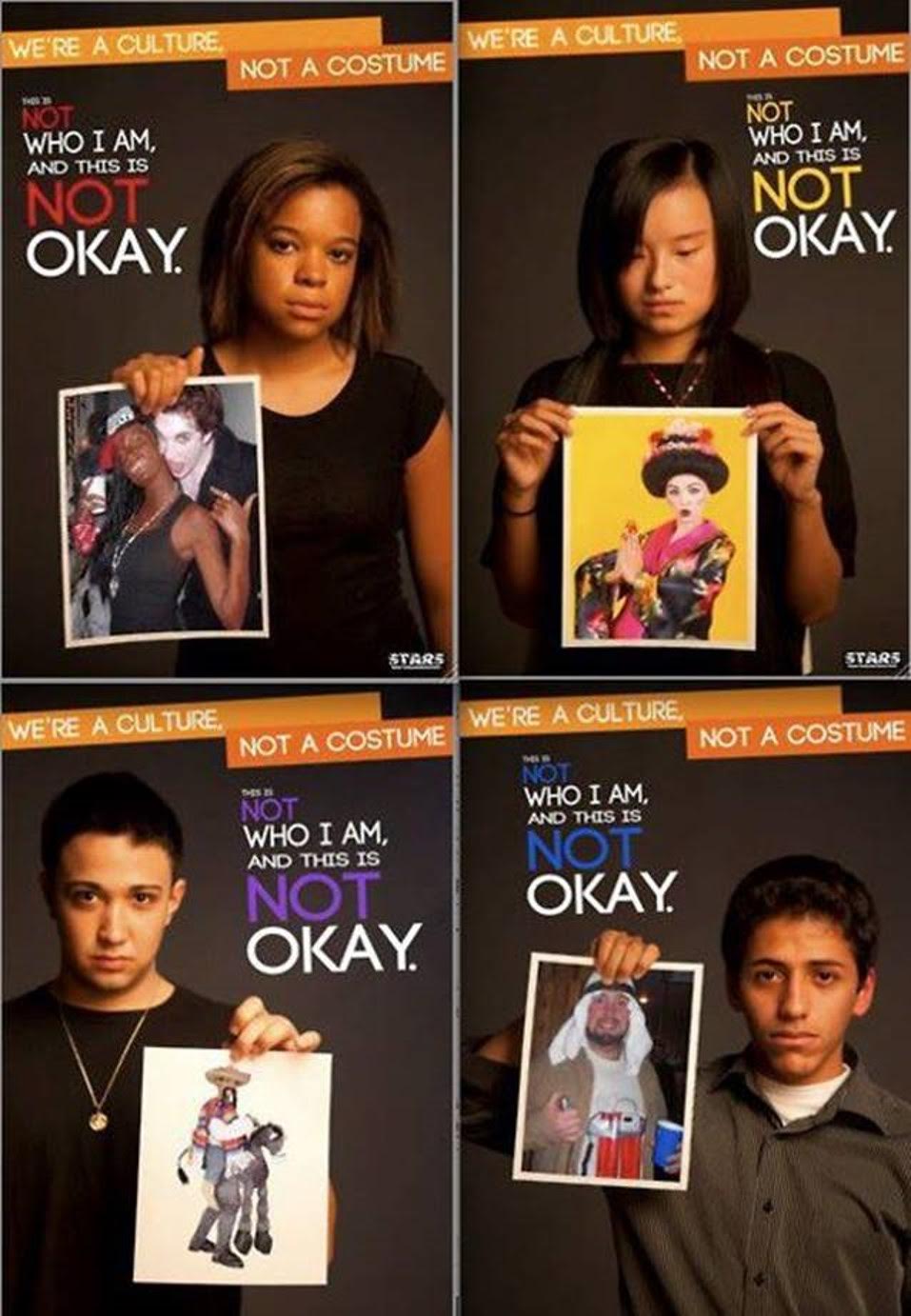I think feathered headdresses are beautiful. I’ve rocked bantu knots. My father has given me traditional clothing from India and Korea. I adore the old ladies who elegantly wear turbans and kimonos at the pool.
There has been a lot of chatter about cultural appropriation on the Internet lately. From Valentino’s spring 2015 and fall 2016 shows to Miley’s twerking, there has been a lot of talk about one culture adopting aspects of another culture. When does the cultural appropriation drift into cultural misappropriation?
Many people decry cultural misappropriation as being petty, or too sensitive. “Imitation is the sincerest form of flattery”, right? No. Not always.
When someone appropriates the traditional dress of another culture in a negative way, or to make fun of that culture, it is misappropriation.
When a prominent figure uses elements of another culture and will ultimately experience monetary gain from doing so and doesn’t acknowledge, give credit, or pay homage to said culture, it is misappropriation.
When a person uses elements of a culture that are sacred, or totally ignorant of why and how that element is used within the culture, it is misappropriation.
Many bring up the double standard of a white person “embracing” a part of another culture into their aesthetic and being revered as edgy or progressive; but when the person from that culture sports the same thing, they can be seen as ghetto or fresh-off-the-boat. White people aren’t the only people guilty of misappropriation. I’ve worn chopsticks in my hair. I’ve worn a maang tikka and it wasn’t on my wedding day. It can happen to you.
We live in a multicultural world. We are exposed to more ideas, customs, and people from around the world. How can we blend cultural aspects into our own without being offensive? I believe you can, through respect. And if a culture is like don’t do fill-in-blank, don’t do fill-in-blank. Why hurt a whole group of people?
If you are using a culture as inspiration to create something you are eventually going to sell, consider doing what Osklen designer, Oskar Metsavaht, did. He asked permission from a Brazillian and Peruvian rainforest tribe to adapt traditional fabrics and tattoos into his work. He then donated a portion of his profit to the tribe. The money helped the tribe build a school.
If you are still unclear about cultural appropriation, watch this video from “It’s Akilah, Obviously!”


